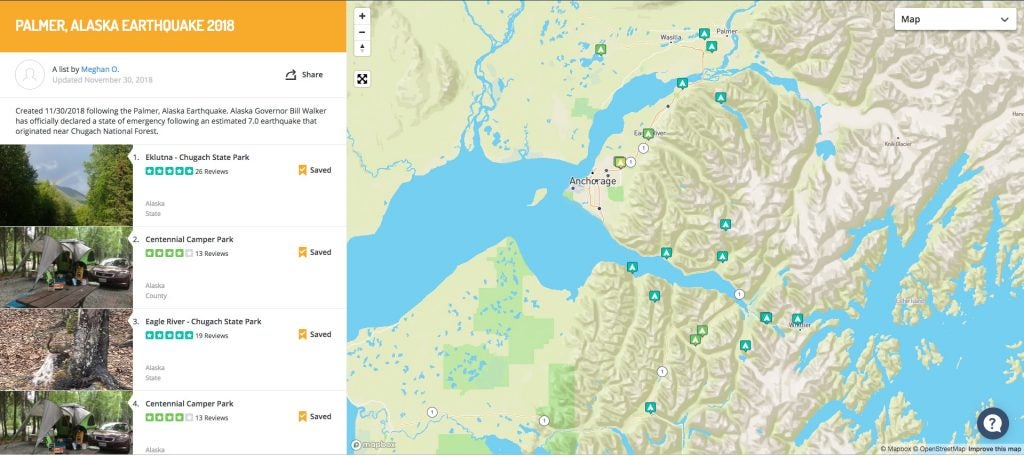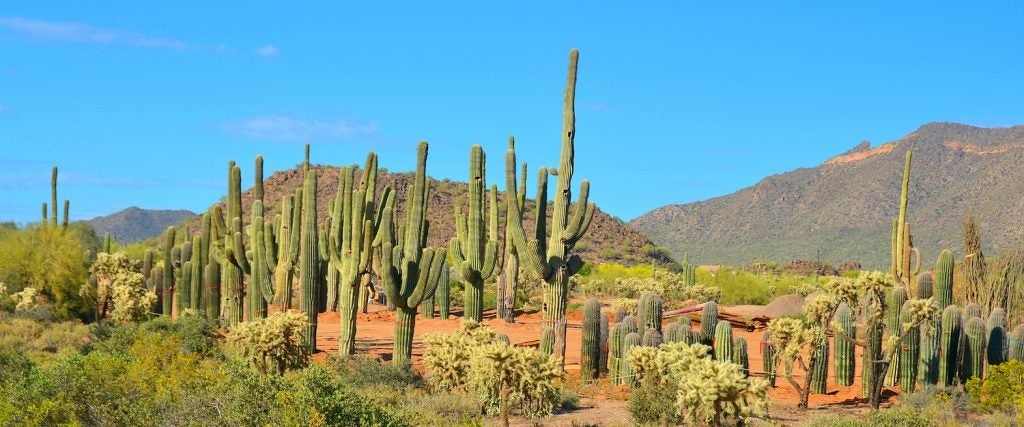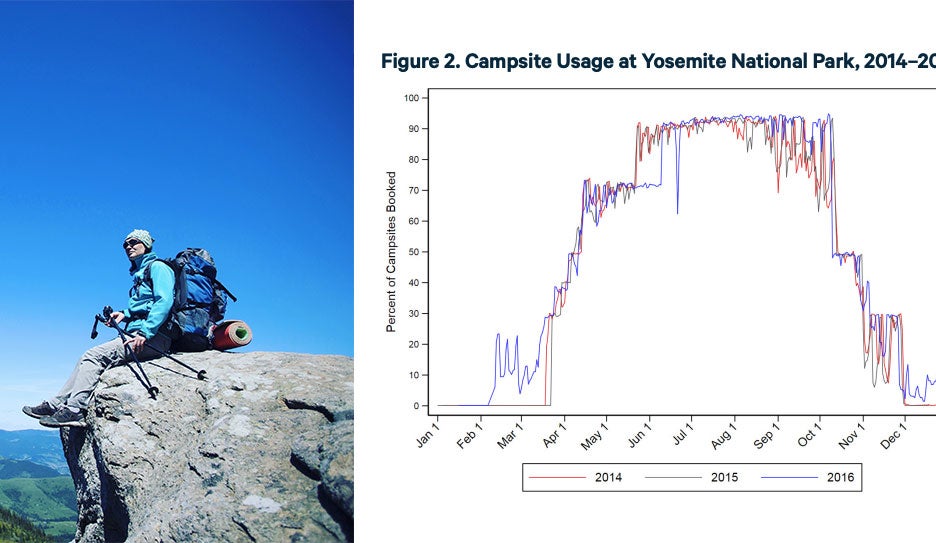The Alaska Regional Office for the National Parks Service announced today that Alaska national parks are open for visitation, following an estimated 7.0 preliminary magnitude earthquake that originated on the morning of November 30, seven miles north of Anchorage. A tsunami warning was initially put in place for the Kenai Fjords and Cook Inlet as a result of the quake, though the U.S. National Tsunami Warning Center followed up later in the day and canceled the warning.
The earthquake’s epicenter was northwest of Alaska’s most populous city and resulted in shocks felt in the region surrounding Anchorage and the Kenai Peninsula. Aftershocks have continued throughout the morning following the initial quake, most in and around Big Lake, Anchorage, and Lazy Mountain. A US Geological Survey forecast model predicted a high possibility of shocks following throughout early December.
This is what happened on the 6th floor of the Nesbett Courthouse during the Anchorage #earthquake. Both attorneys jumped under their desks. Evacuated the building after the shaking stopped. pic.twitter.com/dqHGPCv6XO
— Heather Hintze (@HeatherHintze) November 30, 2018
The Alaska Earthquake Center is currently operating a running report on damage caused by the quake, and has listed major reports of damage from this quake, including;
- Seward Highway closed at mile post 112 due to a landslide
- Water mains ruptured and nonstructural damage to terminals at the Anchorage airport.
- Significant road damage including the International Road on-ramp
- A roof or ceiling collapse at a Key Bank in South Anchorage
- Damage and flooding at the Alaska Railroad headquarters
Officials report that Alaska’s state and national parks have been reopened and sustained little damage during the November 30 earthquake that originated near Anchorage and Chugach State Park. The majority of the damage done to Alaska’s parks was to the National Park Service Regional Office in Anchorage. A recovery team is currently working on cleanup, and the office is slated to reopen on Monday, December 10. State and national parks will reopen on Thursday, December 6, as they are closed December 5 to honor the passing of President George H.W. Bush. Below, we’ve collected a list of 64 campsites in the radius of the quake that were in danger as a result of this earthquake.
Campgrounds & Parks Potentially Affected by the Earthquake

A list from Megan O’Dea. Click map to explore.
Earthquakes aren’t unusual in Alaska, with intense 7.0 quakes like the one seen today occurring once per year on average. For example, a 7.1 earthquake struck the state in 2016 causing damage to the Anchorage area despite further proximity from Anchorage’s urban center, according to the Alaska Earthquake Center. The worst earthquake the state has faced was a 9.2 magnitude earthquake in 1964—the largest ever recorded in the United States. Earthquakes close to the coast like the one seen this morning can affect the entire state if transportation in and out of the port is compromised.
Related Campgrounds:
- Eagle River Campground, Eagle River, AK



